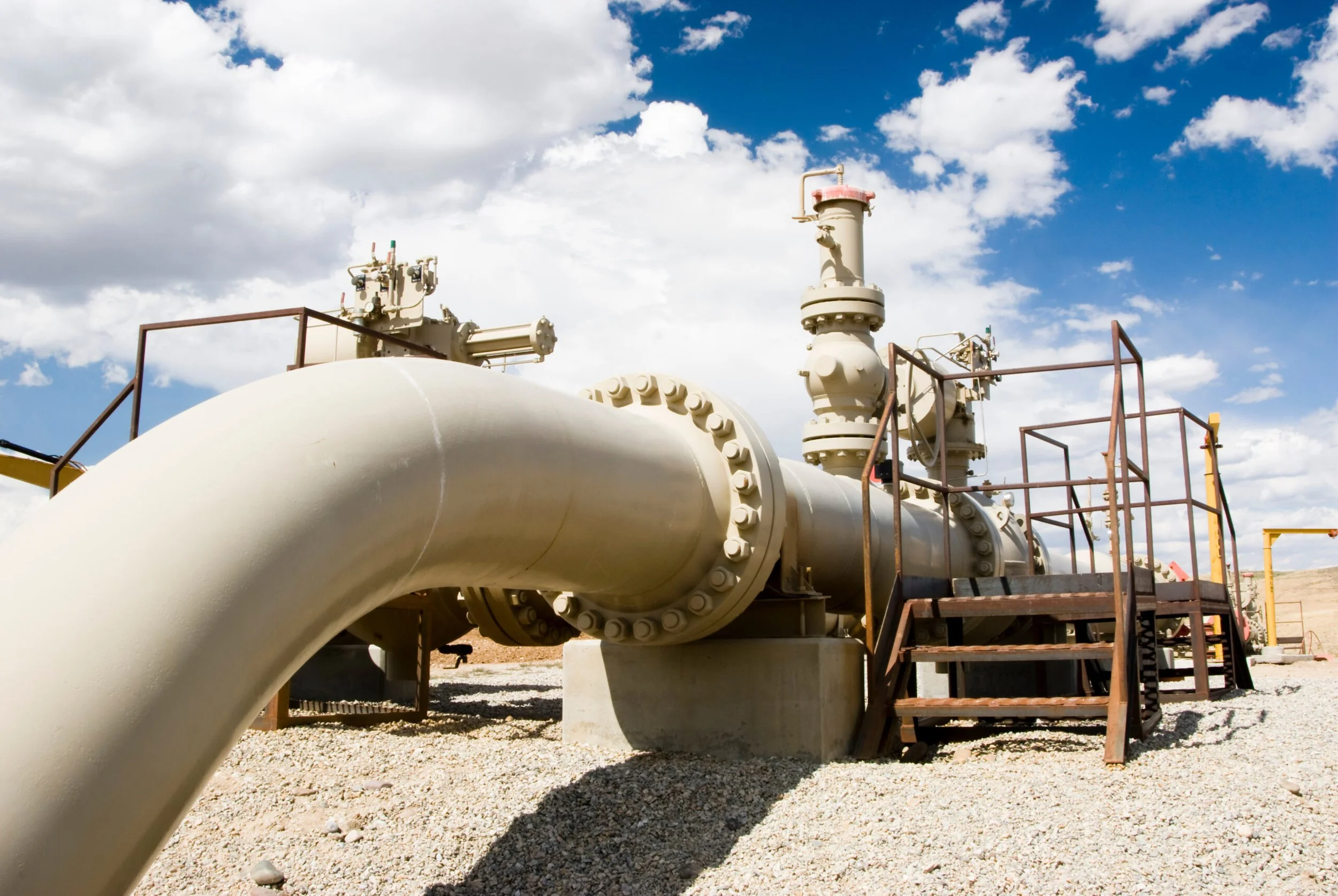Understanding PHMSA’s Gas Pipeline Leak Detection Rule: How Spectra33 Can Help You Stay Compliant
With the U.S. Department of Transportation’s Pipeline and Hazardous Materials Safety Administration (PHMSA) preparing to implement new Gas Pipeline Leak Detection rules, many pipeline operators are seeking clarity. This article provides key insights into the anticipated regulations and how Spectra33’s cutting-edge sensor technologies, combined with AI-powered insights, can support compliance. Our solutions not only meet the regulatory demands but also set a new standard for methane detection accuracy and efficiency.
What is PHMSA and Why Are These Regulations Important?
PHMSA is responsible for the safe and reliable transportation of energy products, including oil and natural gas, through pipelines across the United States. With the increasing focus on environmental sustainability, PHMSA, alongside other regulatory bodies such as the Environmental Protection Agency (EPA), has tightened regulations to minimize methane emissions. Methane, a potent greenhouse gas, has been identified as a significant contributor to climate change, prompting the introduction of more stringent leak detection and repair (LDAR) programs.
The Gas Pipeline Advisory Committee (GPAC) plays an advisory role in shaping these regulations. Comprising representatives from industry, government, and the public, GPAC provides non-binding recommendations to PHMSA to ensure that pipeline safety standards are both technologically feasible and protective of public health. While GPAC’s advice does not carry legal authority, PHMSA takes these inputs seriously when drafting final rules.
New EPA Rules and Their Relationship to PHMSA Regulations
The latest EPA methane regulations (such as the OOOOb and OOOOc standards) underscore the need for advanced methane monitoring solutions. These rules build upon existing PHMSA requirements by expanding monitoring, reporting, and emissions control obligations for oil and gas operators. As a result, operators will need to adopt advanced leak detection technologies, like those offered by Spectra33, to stay compliant with both EPA and PHMSA standards.
When Will the Rule Go Into Effect?
The final PHMSA rule is expected to go into effect between early to mid-2025. Once the rule is implemented, operators will be required to develop a comprehensive Advanced Leak Detection Program (ALDP). This program must incorporate state-of-the-art leak detection technology and include documented analysis of available technologies to ensure optimal performance.
GPAC has recommended an 18-month window for the development of the initial ALDP. Following this, pipeline operators will need to update their programs regularly, with PHMSA suggesting annual reviews to incorporate the latest advancements in leak detection.
Updated Technology Standards: How Spectra33 Fits In
One of the key recommendations from GPAC to PHMSA has been to update technology performance standards to reflect the latest in aerial remote sensing technologies, which are proven to be effective for gas pipeline leak detection. This is where Spectra33’s IRIS AI Fusion Hub shines. Our multi-spectral sensor array incorporates a suite of state-of-the-art technologies and ensures superior detection capabilities across vast areas, from rural pipelines to more complex infrastructure zones.
For example, PHMSA is considering emission detection sensitivity standards of 10 kg/hr (540 scfh) with a 90% probability of detection (POD) for transmission and gathering pipelines, and 0.5 kg/hr (27 scfh) for distribution pipelines. Spectra33’s technology is equipped to meet or exceed these thresholds, offering best-in-class accuracy and coverage.
Frequency and Area Coverage
Spectra33 provides scalable solutions that can detect leaks across thousands of acres and hundreds of miles, making it ideal for covering pipelines in remote or hard-to-access areas. The flexibility of our IRIS AI Fusion Hub ensures that operators can conduct routine inspections, even under challenging environmental conditions.
GPAC has recommended that Type C gathering pipelines—those located in rural areas—should be inspected annually for large-diameter pipelines, and once every five years for smaller-diameter pipelines. With Spectra33’s AI-driven platform, operators can easily adjust inspection frequencies to comply with PHMSA’s evolving requirements, ensuring seamless integration of our technology into their ALDP.
AI-Powered Reporting for Regulatory Compliance
A key focus of PHMSA’s new rule is improving the accuracy of emissions reporting. Pipeline operators will be required to estimate emissions based on direct measurement, including aggregate emissions volume estimates for detected leaks. Spectra33’s AI-powered platform takes methane detection to the next level by delivering highly accurate, real-time insights and emission quantification. With IRIS AI, operators can generate detailed, compliant reports that include methane concentration data, plume trajectory, and total emission volumes.
How Spectra33 Can Support Your Compliance Efforts
At Spectra33, we offer a versatile and comprehensive solution that integrates advanced sensors with AI to provide unparalleled methane detection and reporting capabilities. Our aerial-mounted sensors efficiently scan large distances, identifying methane leaks with precision while filtering out false positives, such as emissions from wetlands or nearby infrastructure.
Additionally, Spectra33 helps operators meet PHMSA’s stringent calibration, validation, and deployment protocols by integrating our EPA-approved methodologies. This means that while using our technology to meet PHMSA leak detection standards, operators can simultaneously complete EPA-required methane scans at compressor stations or other facilities.
Preparing for the Future with Spectra33
As PHMSA and EPA regulations continue to evolve, Spectra33 is committed to staying ahead of the curve. Our team of experts is here to help you navigate these changes, ensuring that your leak detection programs are compliant, efficient, and scalable. Whether you’re developing an ALDP or enhancing your emissions monitoring program, Spectra33 has the technology and expertise to support your needs.
Learn more about how Spectra33’s IRIS AI Fusion Hub can revolutionize your methane detection and help you stay compliant with the latest PHMSA and EPA regulations. Reach out to us today for a consultation.

